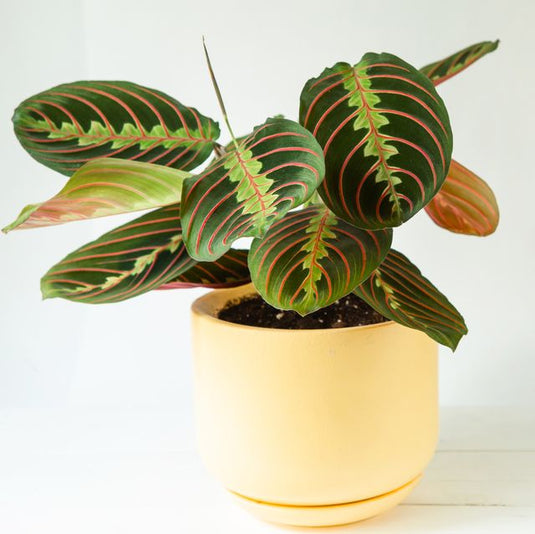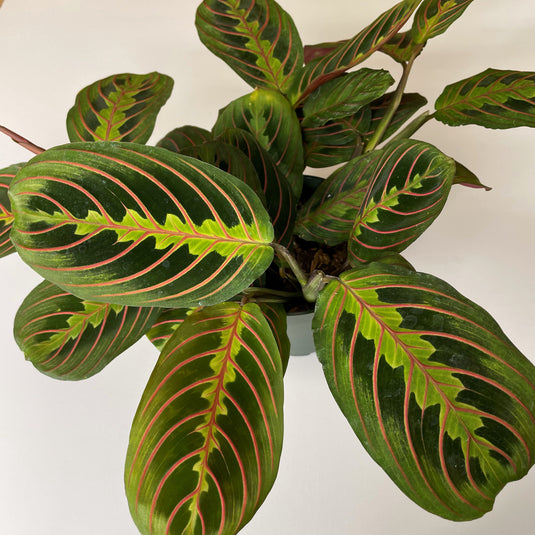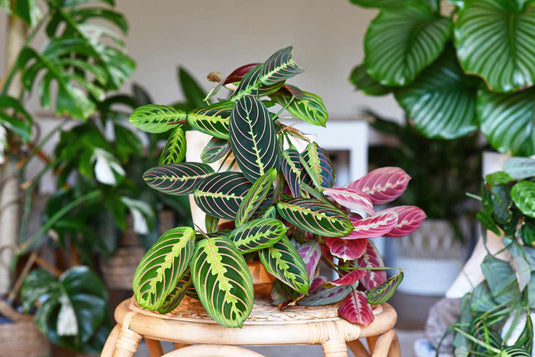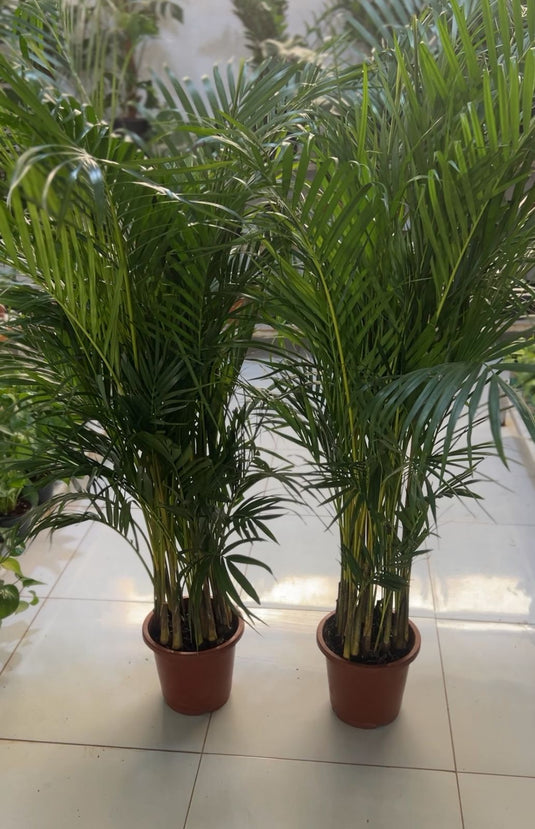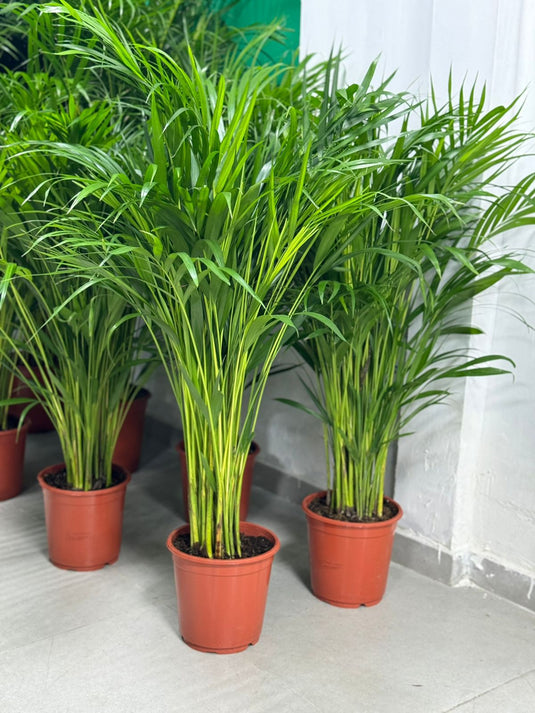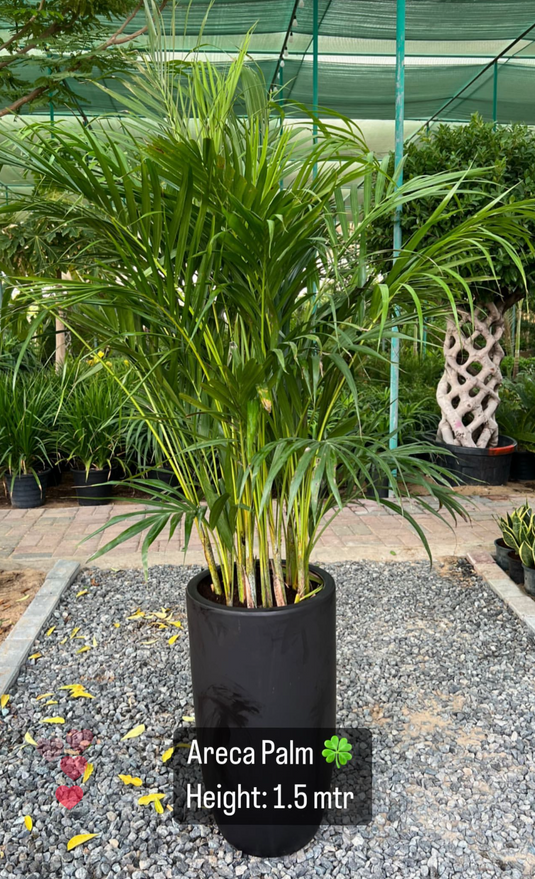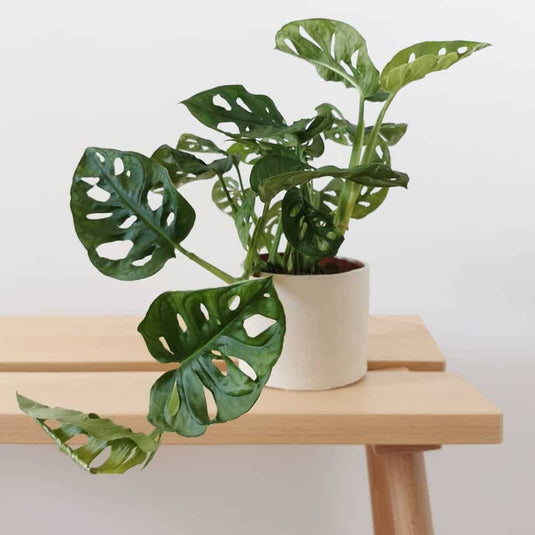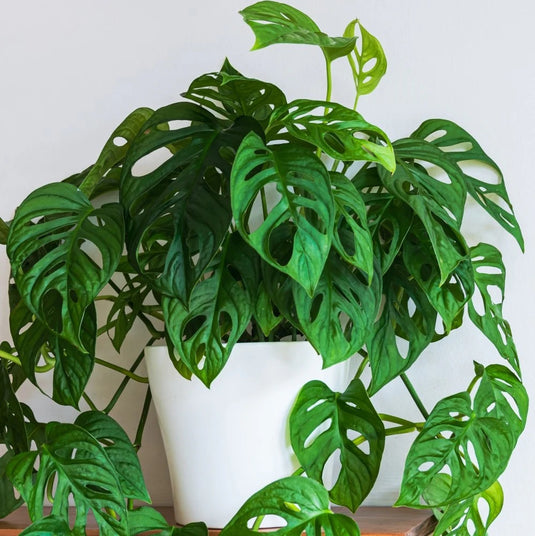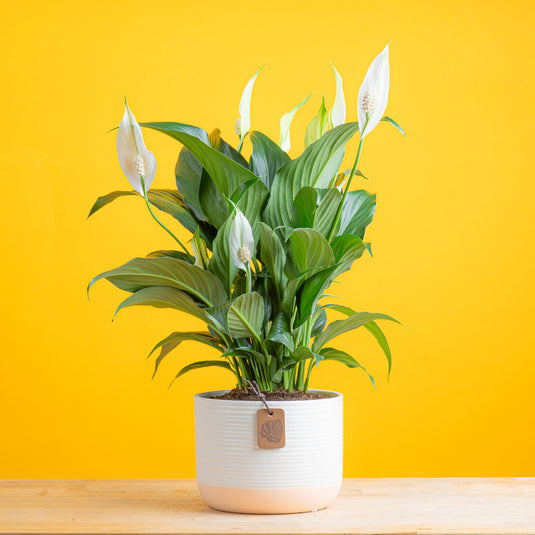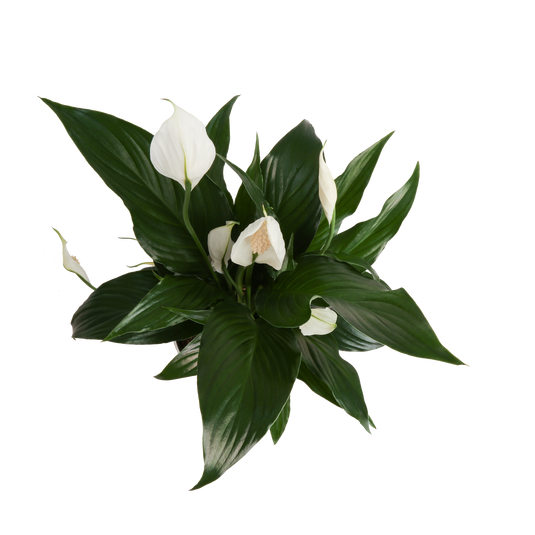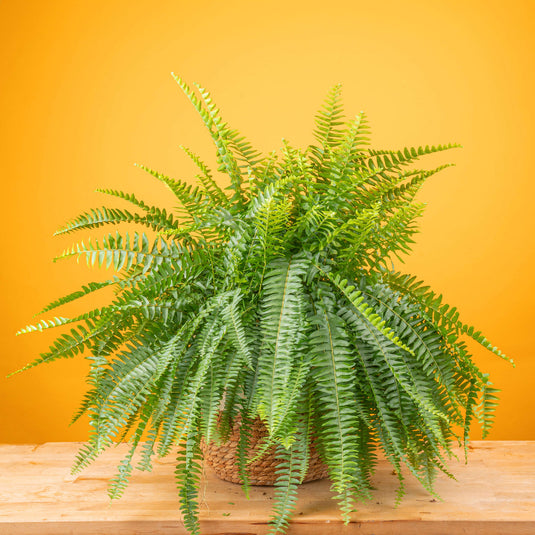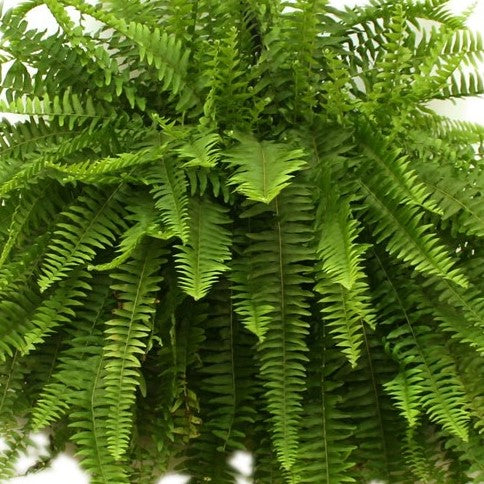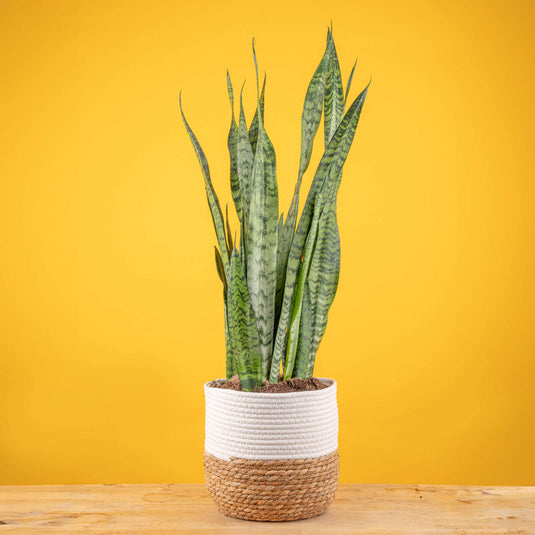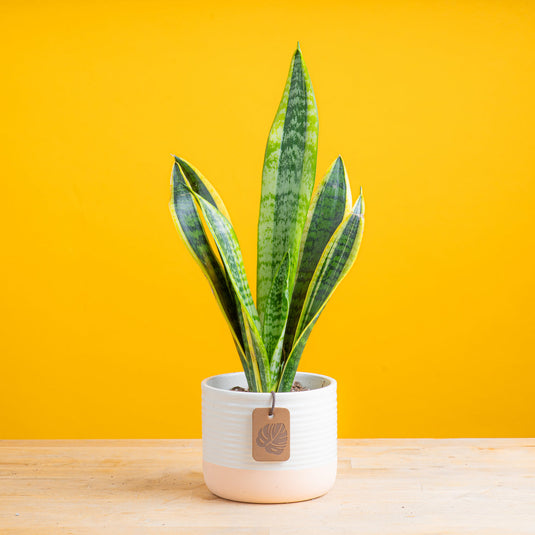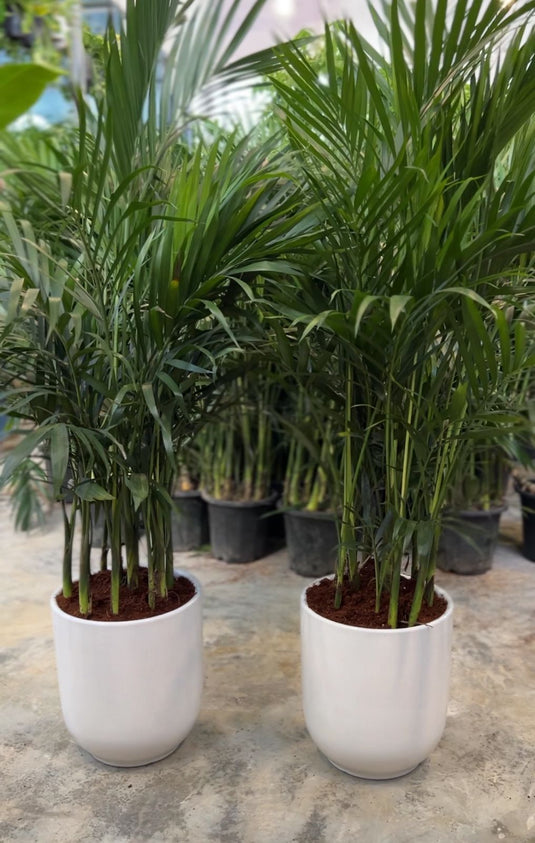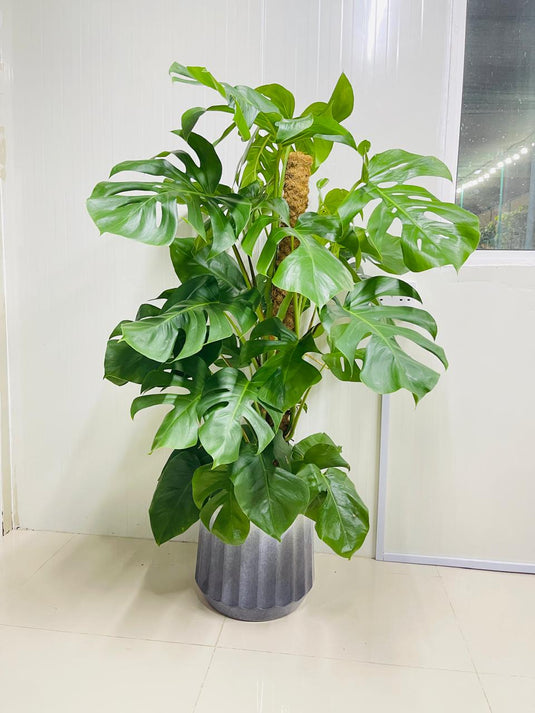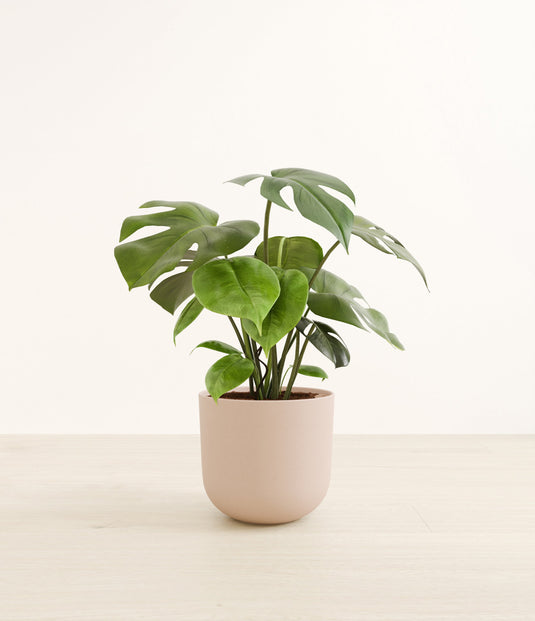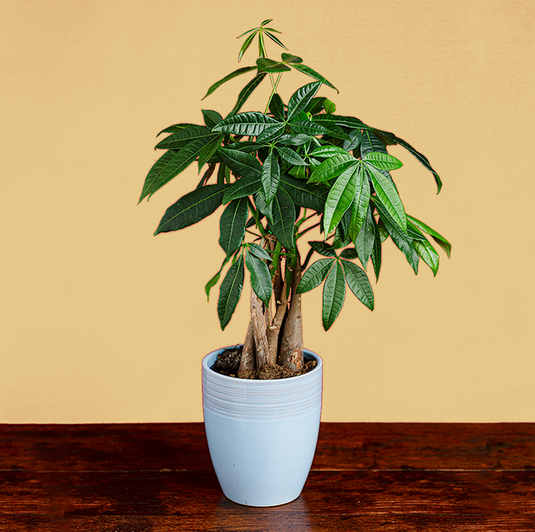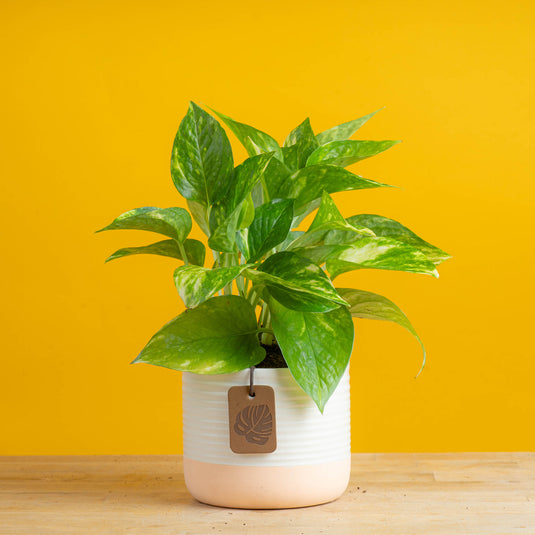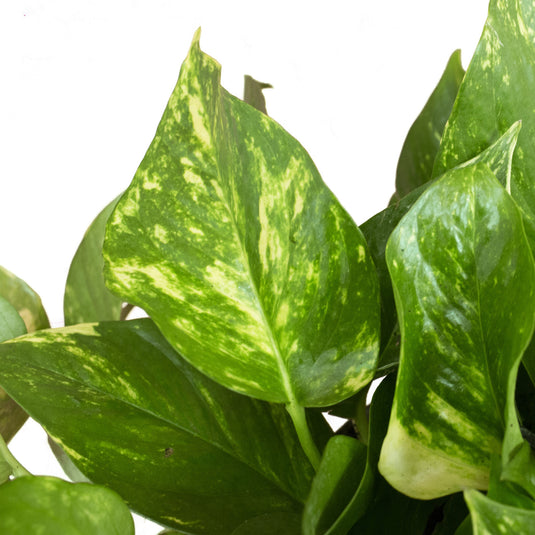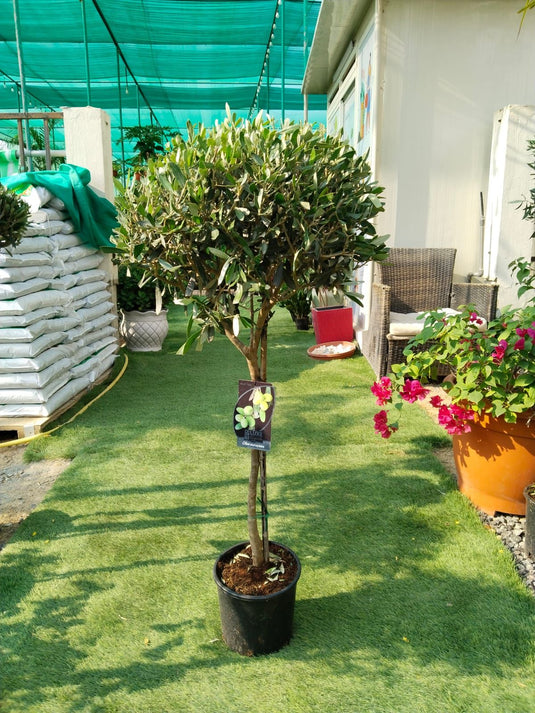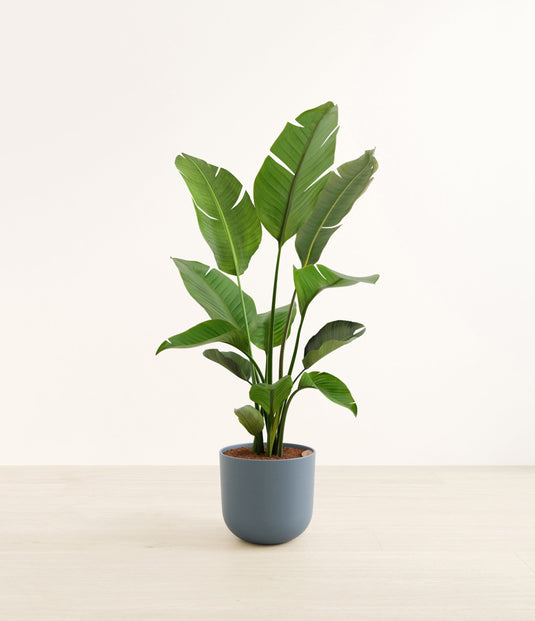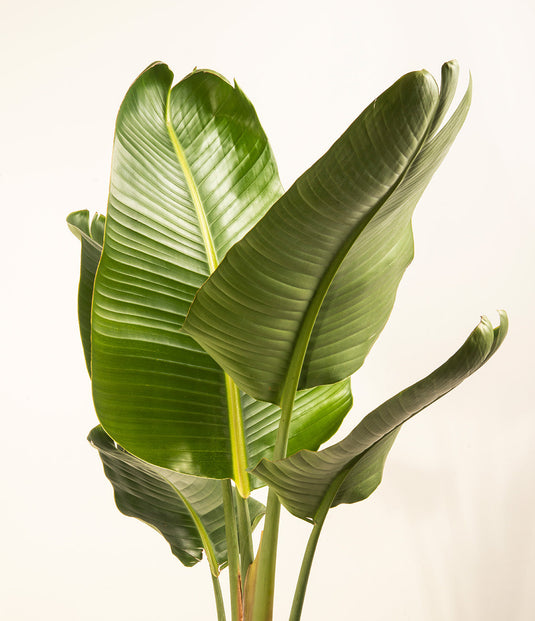Prayer Plant
- Healthy Arrival Guarantee
- Free Plant Care Consultation
- Safe & Secure Payment
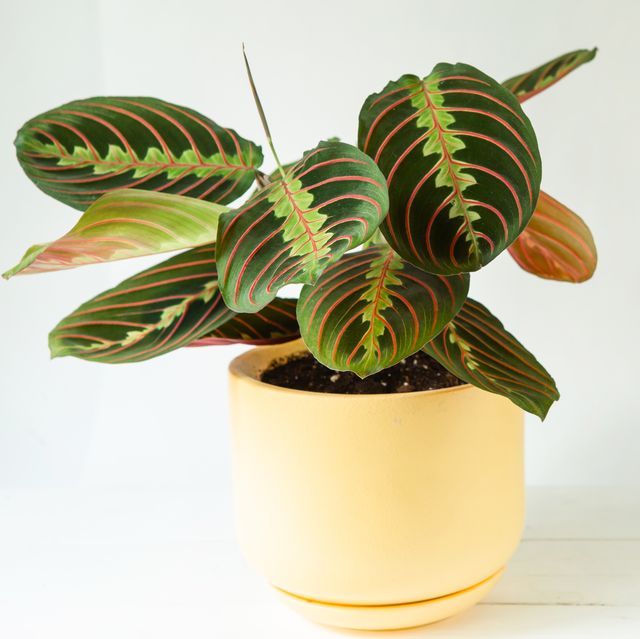
We will send you a notification as soon as this product is available again.
-
Estimated delivery: Jan 20 - Jan 24
-
Free return within 7 days of purchase.
Plant Description
The Prayer Plant (Maranta leuconeura) is a tropical perennial plant known for its striking foliage, characterized by oval leaves with unique patterns and colors that fold upward at night, resembling hands in prayer. The global indoor plant market, including the Prayer Plant, is projected to reach $6.3 billion by 2030.
5 Reasons Prayer Plant is perfect for Cleaner Indoor Air
1. Air Purification
Studies, including the NASA Clean Air Study, have shown that the Prayer Plant can help improve indoor air quality by filtering out toxins such as formaldehyde and benzene, making it beneficial for home environments.
2. Aesthetic Appeal
The vibrant colors and unique leaf patterns of the Prayer Plant add beauty and elegance to indoor spaces, enhancing overall décor and creating a calming atmosphere.
3. Humidity Regulation
Research in the Journal of Environmental Horticulture indicates that the Prayer Plant can increase humidity levels through transpiration, which is beneficial for both plant and human health, especially in dry indoor environments.
4. Low Light Tolerance
Prayer Plants thrive in low light conditions, making them an ideal choice for indoor spaces that do not receive direct sunlight. This adaptability is highlighted in studies on plant growth in varying light environments.
5. Stress Relief
Having plants like the Prayer Plant indoors has been associated with reduced stress levels and improved mental well-being, as shown in various studies linking greenery to enhanced mood and relaxation.
Disadvantages
- Prayer Plants require consistent moisture and specific humidity levels for optimal growth, necessitating attentive care.
- They may be prone to pests like spider mites and aphids, requiring monitoring and occasional treatment.
- Prayer Plants can be sensitive to tap water due to chlorine and fluoride; using filtered water is recommended for healthy growth.
- During winter months, Prayer Plants may enter a dormant phase, resulting in slower growth and leaf drop.
- While adaptable, Prayer Plants can grow large and may require repotting and space management as they mature.
Frequently Asked Questions
1. Is the Prayer Plant easy to care for?
Yes, while it requires specific moisture and humidity levels, many find it manageable with proper care.
2. Does the Prayer Plant purify the air?
Yes, studies confirm that the Prayer Plant can effectively remove indoor air pollutants, improving air quality.
3. Can the Prayer Plant survive in low light?
Yes, it is well-suited for low light conditions, making it ideal for indoor spaces without direct sunlight.
4. Is the Prayer Plant safe for pets?
Yes, the Prayer Plant is non-toxic to pets, making it a safe choice for homes with animals.
5. Can the Prayer Plant help with stress relief?
Yes, studies suggest that having indoor plants like the Prayer Plant can contribute to reduced stress and improved mental well-being.
Final Verdict: Should I Buy Prayer Plant?
Yes, the Prayer Plant is an excellent choice for those looking for a beautiful, low-light tolerant indoor plant that purifies the air and contributes to a calming atmosphere.
Plant Care
Watering
Water your plant once a week or when the soil starts to feel slightly dry on the surface. Keep the soil consistently moist, but be careful not to overwater, as this can cause brown spots and leaf drop. If the leaves become curly or dry, it's a sign that the plant needs water. It's best to water your plant in the early morning or late evening when the temperatures are cooler. Always check the soil before watering.
Light
Provide bright indoor light or indirect sunlight for about 6 to 8 hours a day.
Temperature
Maintain temperatures between 18°C and 24°C. Avoid exposing the plant to drafts, as these can cause undesirable temperature fluctuations. Mist the plant occasionally, about twice a week, to help maintain optimal humidity levels.
Fertilizer
Apply liquid fertiliser every 15 days when the plant is actively growing. For best results, use Folikraft ready-to-use Indoor Plant Food.
What Our Clients Say About Us
As a House se Manager in prestigious property in Dubai HILLS ESTATE, I would Highly recommended My Plants - Landscaping Services. All the team were amazing and hardworking. They are expert that achieved coordination and best feedback results to any projects that my Client wish and job order done. Appreciated. Thank you.
I ordered a 2m bird of paradise on their website with a pot. The price was much more reasonable than elsewhere, so I gave it a try. Ordered at 9pm on a Thursday night, delivered at 3pm the next day. The plant arrived bigger than I expected, replanted in its pot with brand new potting soil, incredible! The black pot is a perfect match for my home and really looks high-quality. Thanks again!
Good plants, they came over to my place to pot them and clean them, prices are good also, thank you Kashif for improving my experience and your top customer service.


